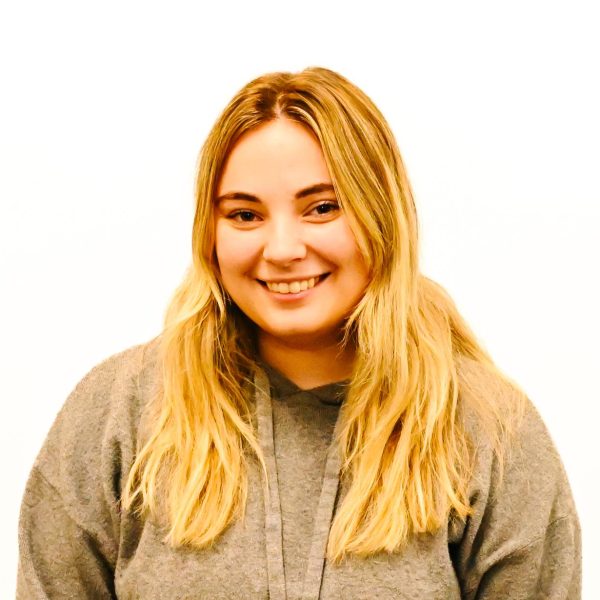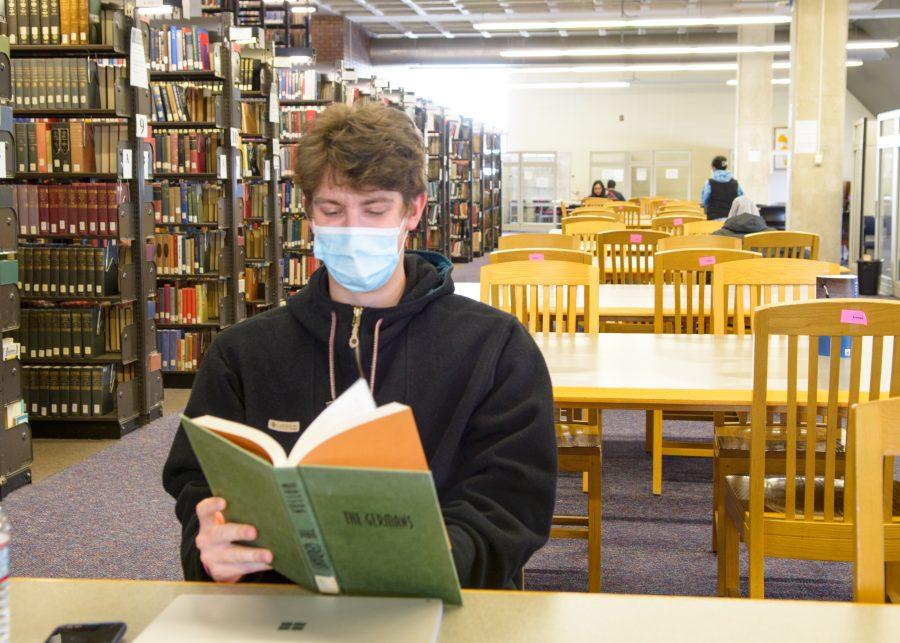Book bannings across the U.S. have been at a record high this past year according to the American Library Association. In all of 2020, there were only 156 banned book requests; in the fall of 2021 alone, there were 330.
The Director of the American Library Association’s Office for Intellectual Freedom, Deborah Caldwell-Stone, reported that in her “twenty years with ALA, I can’t recall a time when we had multiple challenges coming in on a daily basis.”
The banning of books has brought to light concerns of censorship, the narrowing of differing perspectives and experiences of marginalized groups, and the overall freedom of individuals choosing what they would like to be exposed to.
In the UMass Boston community, a beloved English Professor and well-regarded children’s literature writer, Dr. Susan Tan, has experienced her series “Cilla Lee-Jenkins” being targeted as well. Her novels feature an Asian American protagonist, which is what led to her books being included on a list of books banned by a school board in Central York, Pa. due to critical race investigation.
The Mass Media interviewed Dr. Tan in order to dive deeper into her novels, her experiences as a writer, and her perspective on book bannings and censorship. She submitted responses via email to pre-prepared questions.
Question: Dr. Tan, you are a three-time published author of the children’s series “Cilla Lee-Jenkins” about a young girl who aspires to be an author, as well as the book “Piece by Piece”, and I believe you have another book coming out in 2023. How would you describe your novels? Do you have a favorite?
Dr. Susan Tan: Thank you! I’d say that my novels cover a wide range. For example, my “Cilla” series is for younger readers and is a funny, family-oriented story about a young girl who loves writing. My forthcoming book, “Ghosts, Toast, and Other Hazards” is a book for slightly older readers and follows a middle schooler dealing with anxiety and family upheaval who gets drawn into a supernatural town mystery. As different as they are, though, all my books reflect my desire to increase representation for Asian American readers, providing them with stories that reflect their lives and which feature heroes who look like them.
Q: Specifically with your first novel, “Cilla-Lee Jenkins: Future Author Extraordinaire,” what did getting this published mean to you?
ST: It’s hard to find the word to describe how much getting “Cilla” published meant to me. As a child, I had no “mirrors” in my life—a term Dr. Rudine Sims Bishop uses to describe books and narratives that reflect your own experience. I didn’t think it was possible for a book to feature a mixed-race Asian American character, or any Asian American character for that matter. And, when I found a book that did contain a mixed-race Asian American protagonist—Laurence Yep’s “The Thief of Hearts”— it was a world-shaking, paradigm-shifting moment. I was stunned by the experience of reading a book that showed me I wasn’t alone in so many of the experiences I had, and ways I was treated by the outside world because of my family background. Once I finished the book, I ran back to the library to get more like it, only to discover it was the only one out there.
I think this experience is what drove me to write books of my own. I was so angry when I discovered, during grad school, that so little had changed in the world of children’s publishing. There was so little diversity, and still only a handful of stories that I could find for my young cousins and relatives. So, for lack of a better way to put it, I decided that I was tired of waiting around for these stories. I decided to write my own, and the resulting book became “Cilla Lee-Jenkins: Future Author Extraordinaire.” All this to say that seeing my book published, and seeing it out in the world, was a deeply meaningful experience. I felt like this was my offering to my own child-self, who so desperately wanted to see herself in stories. I get so emotional when kids read it and write to me that they’ve seen parts of themselves reflected and affirmed in my work.
Q: If there is one thing that you aim to instill in your books, and or the children who read your books, what would it be?
ST: I think my main “message,” if I have one, is this: I hope every child walks away from one of my books knowing that they are worthy of stories. I want every child to know that they carry their own unique, important, story to tell, and that they have the power to comment on, critique and make changes in their worlds.
Q: Recently in our Asian American Children’s Literature course, we began discussing the uptick of banned books as a few novels in our course have been banned in locations across the U.S. This led to the revelation that several of your books have also been banned. Can you speak a little more on that? Where were they banned and what reason was given for the ban?
ST: All three of the books in the “Cilla Lee-Jenkins” series were included on a list of books banned in Central York, Pa. They were part of a list banned by the school board, which included hundreds of books. The list itself had been compiled by the district to serve as a resource for diverse literature. As far as I know, the reason given for the ban was that these books included content that was either overtly political or somehow divisive—even though these books are mainly about/contain themes of diversity, equity and inclusion.
Q: Our class was quite shocked that novels that merely have an Asian American protagonist can be cited for critical race investigation. What feeling did this leave you with as the writer?
ST: This was such difficult news to receive and process. My books are all about affirming and celebrating Asian American young people. The fact that this content was seen as somehow divisive or offensive left me speechless. The ban sent such a clear message to non-white readers and LGBTQIA+ readers—that stories about them can be innately “bad” or “dangerous.”
Q: How does this reflect the general atmosphere of academia and censorship? What is being gate-kept here, in your opinion, and in what ways do you think we can fight these forms of censorship?
ST: The fact that we’re seeing book bans and moral panics over “Critical Race Theory” is so disheartening. It’s very much an attempt to censor and control educational systems in an effort to maintain the status quo. These efforts draw on a long history of childhood being used as a weapon against change, with children represented as somehow outside our social order and needing to be shielded from awareness of it. Often, this ends up with a cultural vision of childhood that is inherently white, middle class and heteronormative, and that is framed as needing “protection” from knowledge of racial difference or queerness. Of course, this definition of childhood is innately exclusionary: It removes children of color and LGBTQIA+ children from the bounds of childhood, and ignores that fact that racism, sexism, homophobia and classism affect children as much as they affect adults.
These bans are so troubling too because plenty of research shows us that children are harmed when we don’t allow them to see themselves and their experiences in literature and media. It’s by speaking about the world and giving children mirrors to see and affirm their experiences that we really serve and empower real children.
In terms of fighting these forms of censorship, speaking out and advocating for inclusive curriculums is huge. In Central York, the students of the district organized and conducted a breathtaking campaign against the ban. It was such an inspiring and powerful example of young people asserting their right to be heard and taken into account in their own educations. And, they won! The book ban has been overturned, though the students are maintaining their activism and now working to support other students and communities facing book bans. You should check out their website here: https://www.cybannedbookclub.org/what-was-banned. They are such an inspiring and incredible example of how to fight these kinds of bans, and how to organize to make real change in local communities.
Book bannings: a conversation with Dr. Susan Tan
By Sean Liddy
|
April 15, 2022
A UMass Boston student relaxes with a book in the Healey Library. Photo by Olivia Reid / Mass Media Staff
Contributors
Sean Liddy, News Writer

Olivia Reid, Photo Editor
Olivia Reid (she/her) is a senior majoring in communications. One of her favorite experiences was covering Taylor Swift’s The Eras Tour and getting to professionally photograph the show.

